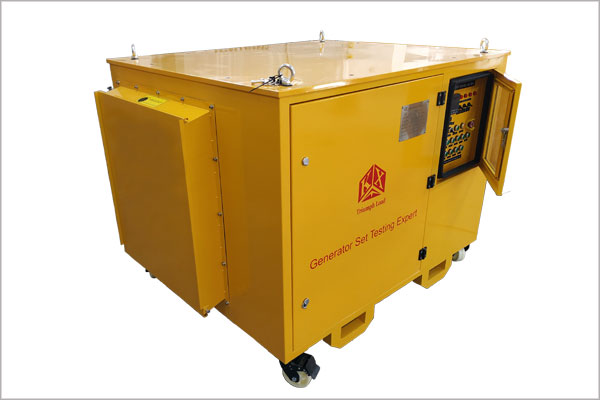Two-way DC power supply and power amplifier
The application of two-way DC power supply is more and more extensive. More and more customers help us to improve the power supply, so that two-way DC power continuously improve the performance and function, more and more comprehensive help customers to complete a variety of automotive electronic system and its parts of the standard test.

500kW load bank
I don't know if you know about power amplifiers. Recently, some customers have proposed power amplifiers that are similar to two-way DC power supplies. The power amplifier was originally an audio amplifier that acted on audio and audio channels. In order for a two-way DC power supply to function as a power amplifier, it may be necessary to treat electrical waves as sound waves. For example, a two-way DC power supply is connected in series, which will double the output voltage (increase).
The connection method is as follows:
The voltage between the output terminals of the two-way DC power supply is used as the output. In addition, when the output is grounded, only COM terminals are allowed to be grounded. In terms of frequency characteristics, the rated voltage (CV) will deteriorate to about 50% kHz (50kHz), and the CC will deteriorate to about 80% kHz (8kHz). According to different uses, it can be used as a high-speed bidirectional DC power supply.
The working principle is that for the output voltage (+ V) of the two-way DC power supply, the voltage between the OUT end of the main engine and the OUT end of the auxiliary engine is taken as the output voltage through the output reverse voltage (-V). In this way, the output voltage applied to the RL will be doubled.
Therefore, when wiring, connect the COM terminals of each machine (host and auxiliary machine). Connect the output of each machine to the RL. Make sure that the OUT terminal of the rear output terminal is not connected to GND. Also, the COM terminal of the output terminal on the back can be connected to GND as needed. Connect the CV MONITOR output (13,18) of the J1 connector on the rear of the main engine to the EXT SIG IN the front panel of the auxiliary unit. The TRIG OUT output on the back of the connected mainframe is synchronized with the TRIG IN on the back of the auxiliary machine.
Things that must be noted when measuring the output voltage of a two-way DC power supply are to measure the voltage through an oscilloscope and use a differential probe. Otherwise, the output of two-way DC power will be short-circuited by the probe, thus damaging the probe and causing loss.
